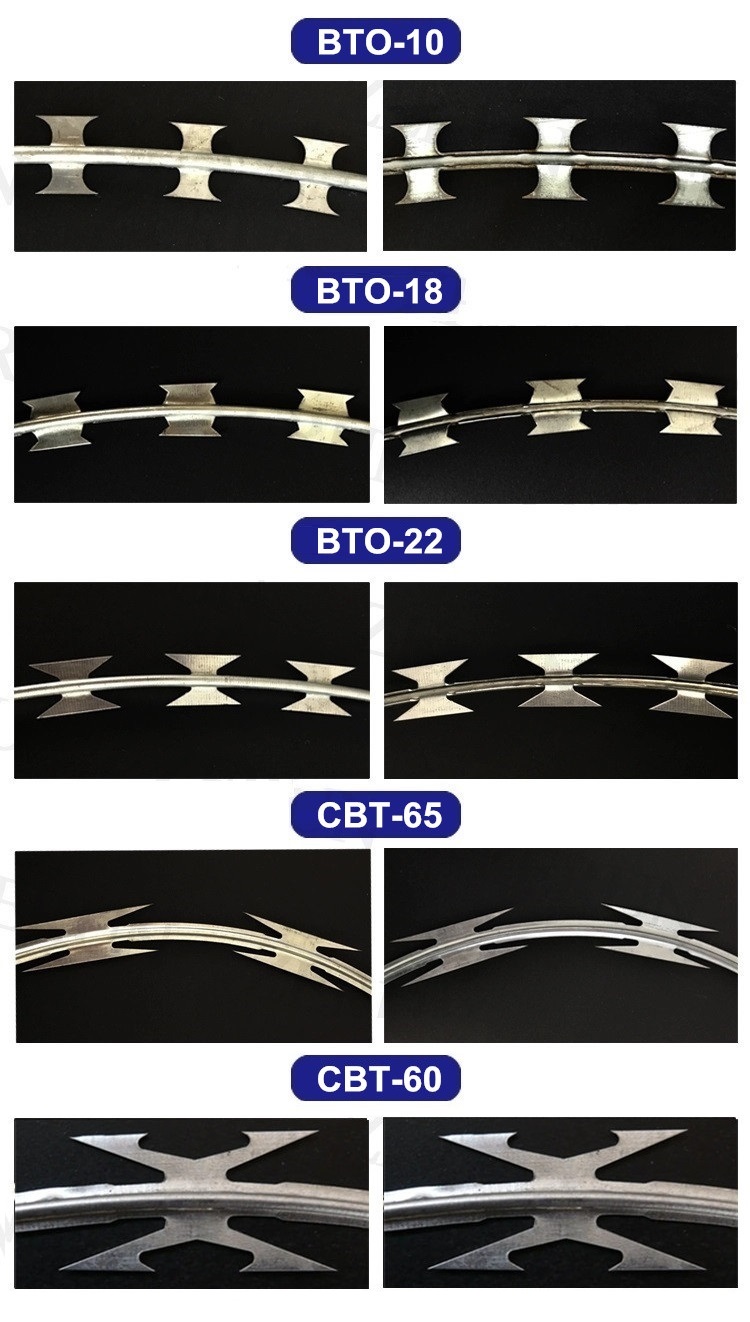Nov . 10, 2024 12:17 Back to list
China's Innovative Hexagonal Netting Solutions for Versatile Applications in Various Industries
Understanding China's Hexagonal Netting Products
In recent years, China has emerged as a significant player in the production of hexagonal netting products. These innovative materials, characterized by their unique hexagonal patterns, have found a multitude of applications across various industries. This article provides an overview of hexagonal netting products, their manufacturing processes, and their applications in different sectors.
What are Hexagonal Netting Products?
Hexagonal netting products are mesh-like materials created from durable materials such as plastic, metal, or wire. The distinctive hexagonal shape not only enhances their structural integrity but also allows for a flexible yet robust design. These nets are primarily used for reinforcement, protection, and containment in various settings, making them extremely versatile.
Manufacturing Processes
The production of hexagonal netting involves several steps. Initially, raw materials are selected based on the intended use of the netting. Plastic nets are often made from high-density polyethylene (HDPE) or polypropylene, while metal nets may consist of galvanized steel or aluminum. Each material is chosen for its specific benefits, such as corrosion resistance or strength.
The manufacturing process typically begins with the extrusion of the material, where it is heated and formed into sheets or strands. These strands are then woven or knitted into hexagonal shapes, creating a mesh that can be customized in terms of size and thickness. Quality control is critical during this stage to ensure that the netting meets industry standards and customer specifications.
After production, the netting may undergo various treatments, such as UV stabilization for plastic products or coatings for metal ones, to improve their durability and resistance to environmental factors. This additional processing enhances the lifespan of the nets and makes them suitable for long-term use in outdoor applications.
Applications of Hexagonal Netting Products
Hexagonal netting products have a wide array of applications across various sectors
china hexagonal netting products

1. Construction and Civil Engineering In the construction industry, hexagonal netting is primarily used for retaining walls and slope protection. The nets offer stability to loose earth and prevent erosion, making them essential in landscaping and civil engineering projects.
2. Agriculture Farmers utilize hexagonal netting for a variety of purposes, including livestock containment and crop protection. The nets can safeguard crops from animals and pests while allowing sunlight and rain to penetrate, contributing to a healthier growing environment.
3. Sports and Recreation In sports, hexagonal netting is frequently used for enclosing playing fields and courts. These nets help keep balls within the designated area, ensuring a safe and undisturbed playing environment.
4. Environmental Protection Hexagonal netting plays a crucial role in projects aimed at environmental conservation. They are used for protecting coastlines and riverbanks from erosion and can also aid in collecting debris in water bodies, helping maintain ecological balance.
5. Packaging In the packaging industry, hexagonal nets are employed for securing goods during transportation. Their lightweight yet sturdy structure provides a reliable wrapping solution that can minimize damage during transit.
Future Trends
As the demand for hexagonal netting products continues to grow, advancements in manufacturing technologies and materials are expected. Innovations such as biodegradable netting and smart material integration could lead to more sustainable and efficient solutions. Research into eco-friendly materials is on the rise, reflecting a global shift towards sustainability in manufacturing practices.
Moreover, with the increasing focus on infrastructure development, particularly in emerging markets, the market for hexagonal netting products is poised for expansion. Enhanced connectivity and a growing middle class in various regions may lead to more construction and agricultural projects, thereby increasing demand for these versatile products.
Conclusion
Hexagonal netting products are an excellent example of how innovative materials can meet the diverse needs of various industries. From construction to environmental protection, their applications are numerous and significant. As production methods evolve and new materials are developed, the potential for these products will only continue to grow, contributing to both economic and environmental sustainability in the years to come. The versatility and durability of hexagonal netting ensure it will remain a vital component in many sectors, reflecting China’s commitment to advancing its manufacturing capabilities and meeting global demands.
-
358 Anti Climb Welded Wire Mesh Fence - Secure Perimeter Defense
NewsAug.02,2025
-
Durable Hot-Dip Galvanized Farm Field Wire Fence | Farm Security
NewsAug.01,2025
-
Temporary Fencing Solutions-Anping County Xingzhi Metal Wiremesh Products Co.,Ltd
NewsJul.31,2025
-
Hop Dipped Galvanized / PVC Coated Temporary Fence - Anping County Xingzhi Metal Wiremesh Products Co., Ltd.|Durable Temporary Fencing&Cost-Effective Security Solutions
NewsJul.31,2025
-
Hop Dipped Galvanized / PVC Coated Temporary Fence-Anping County Xingzhi Metal Wiremesh Products Co., Ltd|durable temporary fencing&corrosion-resistant solutions
NewsJul.31,2025
-
Temporary Fencing Solutions - Anping County Xingzhi Metal | Galvanized PVC Coated Fences
NewsJul.31,2025



